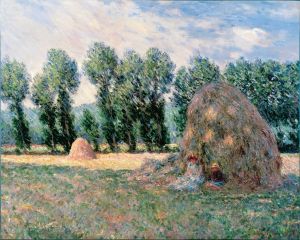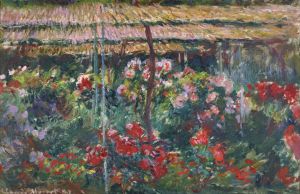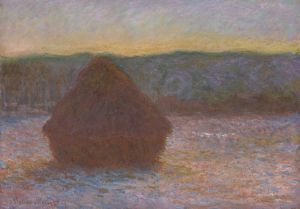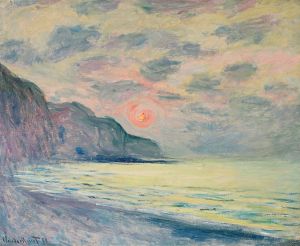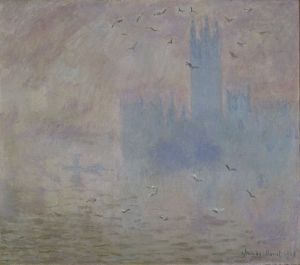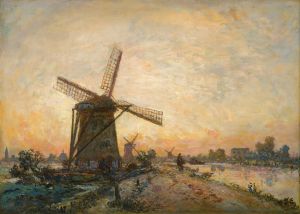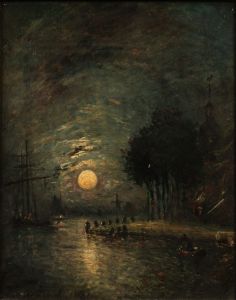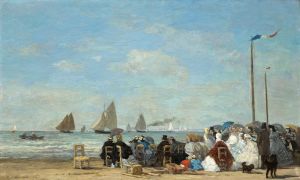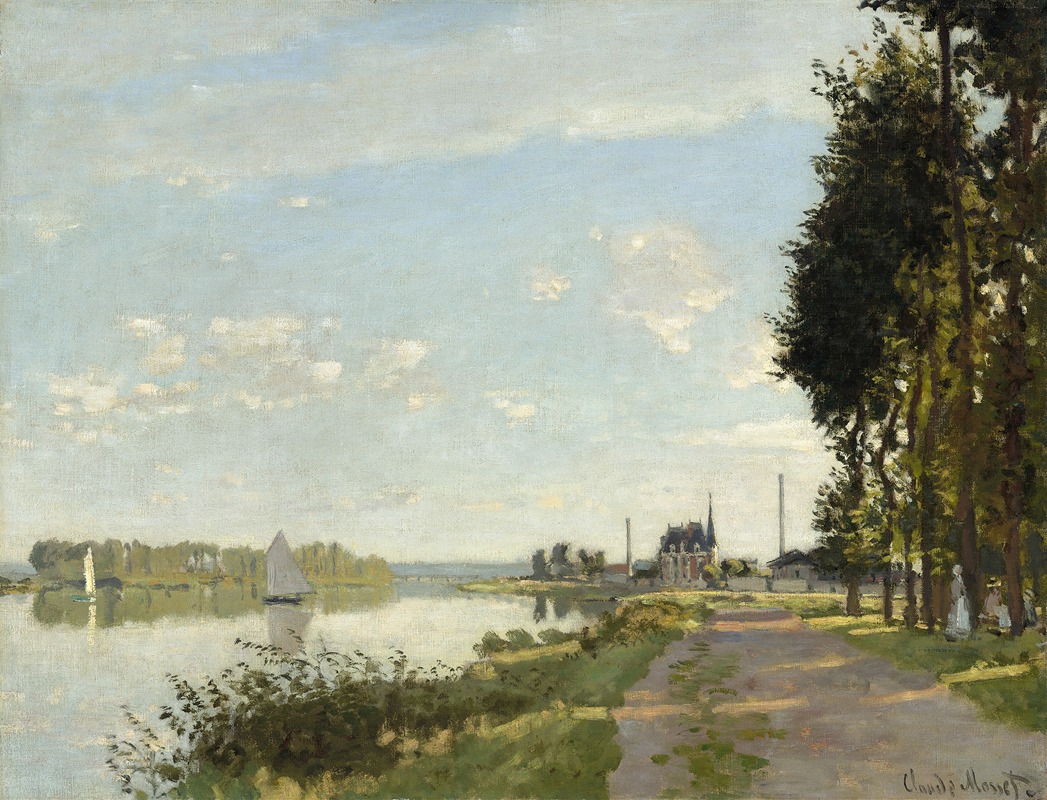
Argenteuil
A hand-painted replica of Claude Monet’s masterpiece Argenteuil, meticulously crafted by professional artists to capture the true essence of the original. Each piece is created with museum-quality canvas and rare mineral pigments, carefully painted by experienced artists with delicate brushstrokes and rich, layered colors to perfectly recreate the texture of the original artwork. Unlike machine-printed reproductions, this hand-painted version brings the painting to life, infused with the artist’s emotions and skill in every stroke. Whether for personal collection or home decoration, it instantly elevates the artistic atmosphere of any space.
"Argenteuil" is a painting by the renowned French Impressionist artist Claude Monet. Created in the 1870s, this artwork is one of several Monet produced during his time in Argenteuil, a suburban town located along the River Seine, near Paris. Monet moved to Argenteuil in December 1871 and lived there until 1878. This period is considered one of the most productive and significant phases of his career, during which he developed and refined his Impressionist style.
The painting "Argenteuil" captures the essence of the Impressionist movement, characterized by its emphasis on light, color, and the depiction of everyday life. Monet was particularly interested in the effects of natural light and how it changed the perception of a scene throughout the day and across different seasons. This focus is evident in "Argenteuil," where Monet employs loose brushwork and a vibrant palette to convey the atmosphere and mood of the scene.
In "Argenteuil," Monet depicts a serene riverside view, likely showcasing the River Seine, which was a frequent subject in his works from this period. The painting features a combination of natural elements, such as water, sky, and vegetation, alongside man-made structures like boats and possibly buildings in the distance. Monet's technique involves applying small, thin, yet visible brush strokes, which collectively create a sense of movement and spontaneity. This approach allows viewers to experience the scene as if they were present, observing the play of light and reflections on the water.
Monet's choice of Argenteuil as a subject was not only due to its picturesque qualities but also because it was a popular leisure destination for Parisians at the time. The town's proximity to Paris made it an accessible retreat for those seeking respite from the bustling city life. Monet's paintings from Argenteuil often include elements of modernity, such as trains, bridges, and sailboats, reflecting the changing landscape of 19th-century France.
The Impressionist movement, with Monet as one of its leading figures, marked a departure from the traditional techniques and subjects of academic painting. Instead of focusing on historical or mythological themes, Impressionists like Monet sought to capture contemporary life and the fleeting effects of light and atmosphere. This approach was initially met with resistance from the established art community, but over time, Impressionism gained acceptance and became one of the most influential movements in the history of art.
Monet's "Argenteuil" is a testament to his mastery of capturing the ephemeral beauty of nature and the world around him. The painting exemplifies his ability to convey a sense of immediacy and emotion through his innovative use of color and brushwork. Today, Monet's works from the Argenteuil period are celebrated for their contribution to the development of modern art and continue to be admired for their beauty and technical brilliance.
While specific details about the exact painting titled "Argenteuil" may vary, Monet's body of work from this period remains a crucial part of his legacy and the broader Impressionist movement. His paintings are housed in various museums and private collections worldwide, where they continue to inspire and captivate audiences with their timeless appeal.





